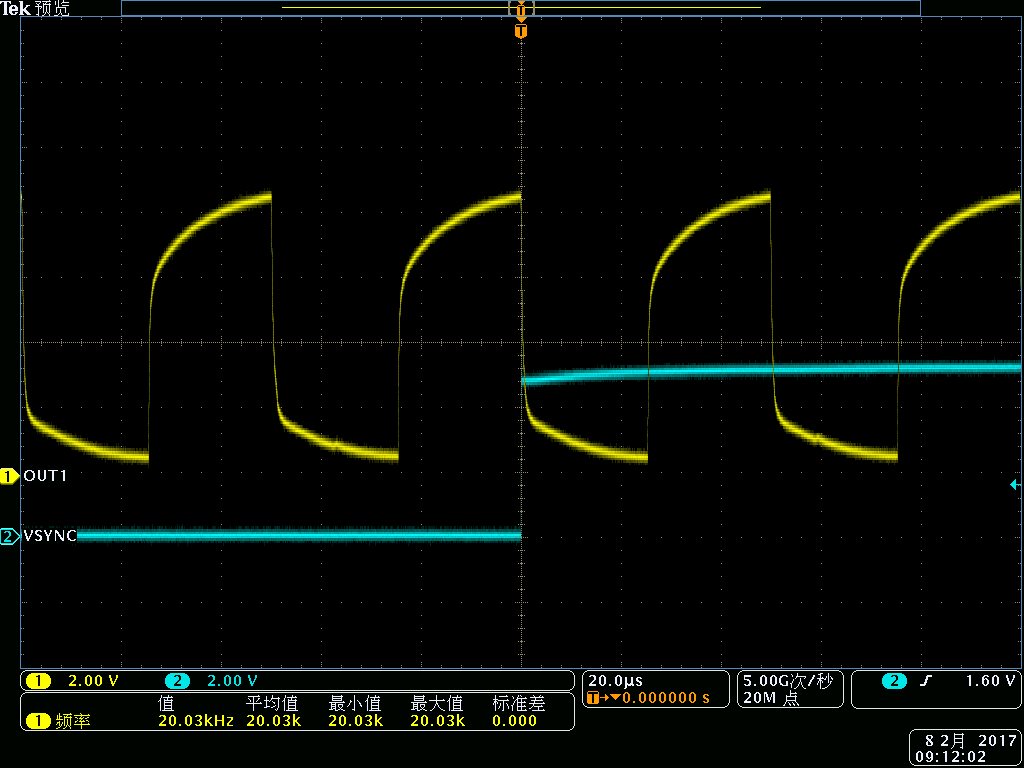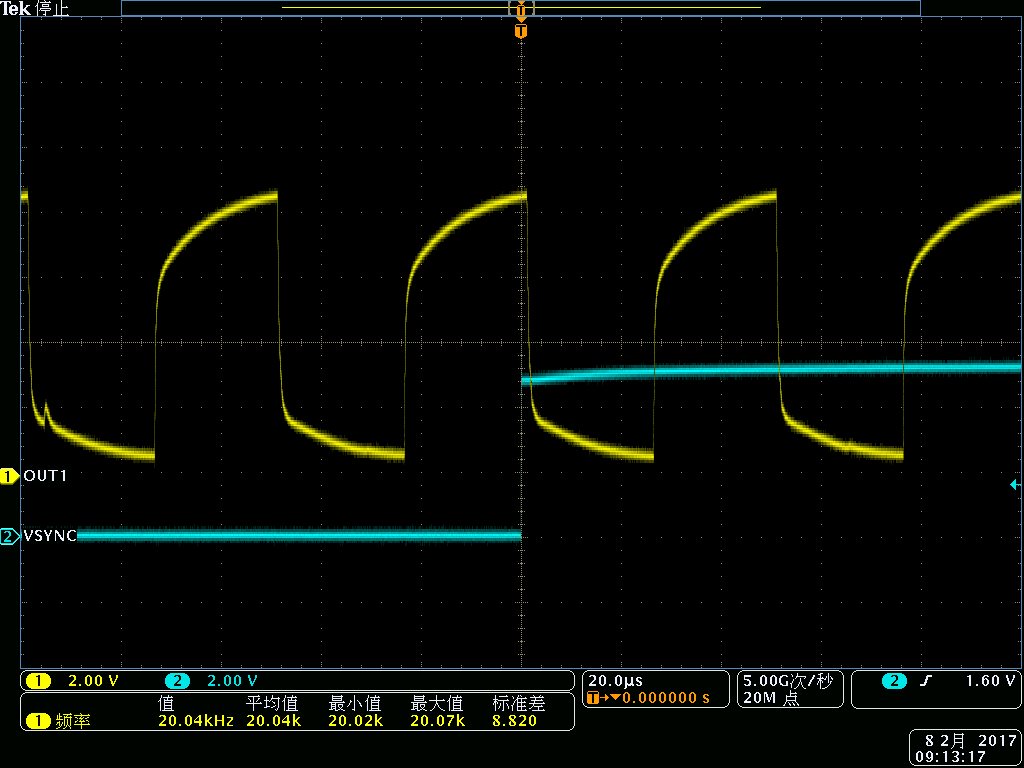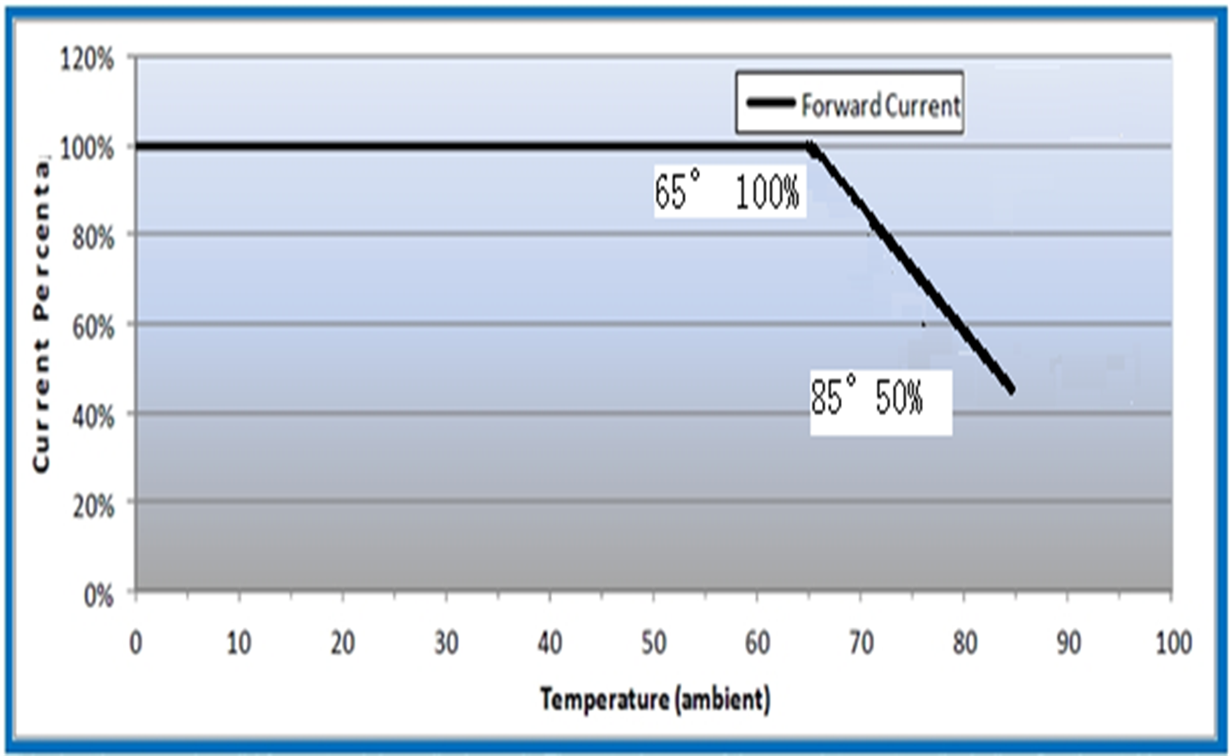Hi,
My customer would like to confirm whether there is correlation of each register.
Because they have broken an IC by correlation of each register.
On the other words, can changing a register be forced another register change on the LP8860-Q1 ?
Please let me know if there is lack of the information.
Best Regards,
Kuramochi




